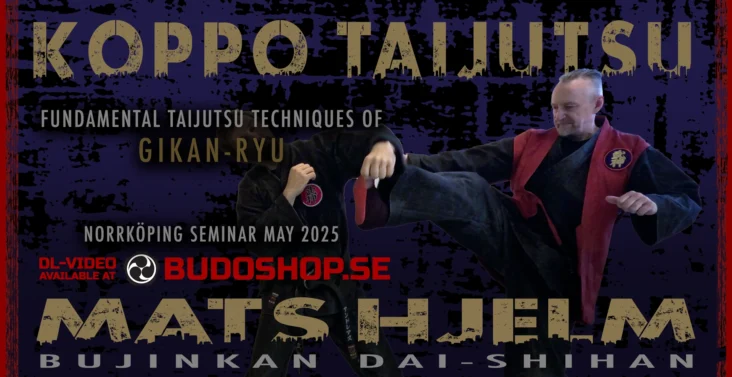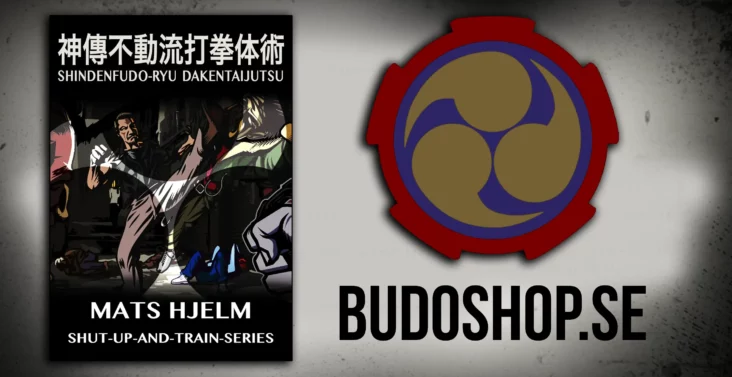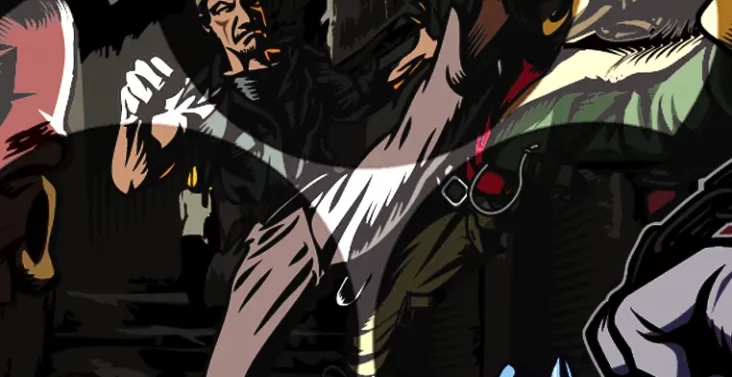Your Trusted Source for Bujinkan Insights
Stay in the loop
Subscribe to my newsletter, I only post a few times per year, so no spamming!
Discover the finest Bujinkan blogs, training insights, and martial arts wisdom in one hub. At NinZine.com, we unite the Bujinkan community at your fingertips—inspiring, educating, and empowering practitioners daily.
History of Ninjutsu: Sanada Ninja
真田忍者 Sanada Ninja (Page 122–124) from the book Bessho Rekishi Dokuhon Vol. 72 – Shinobi no Mono 132-nin Data File. Written by 永岡慶之助 Nagaoka Keinosuke (Writer). The protagonists of “立川文庫 Tachikawa Bunko” who fell in the Osaka Campaign (1614–1615 CE) ▽…
History of Ninjutsu: Hōjō Ninja
北条忍者 Hōjō Ninja (Page 116-117) from the book Bessho Rekishi Dokuhon Vol. 72 – Shinobi no Mono 132-nin Data File. Written by 清水昇 Shimizu Noboru (Writer). ▽ Hōjō Ninja – 北条早雲 Hōjō Sōun and 風魔一党 Fūma Ichitō Since invading 伊豆 Izu in Meiō 2 (1493 CE), wit…
History of Ninjutsu: Uesugi Ninja
上杉忍者 Uesugi Ninja (Page 110-111) from the book Bessho Rekishi Dokuhon Vol. 72 – Shinobi no Mono 132-nin Data File. Written by 千坂精一 Chizaka Seiichi (Writer). ▽ Uesugi Ninja – The 担猿 Tan’en had their base in the mountains from 越後 Echigo to 信濃 Shinano T…
Snake Hollow: Japan Report Six 令和6年
This morning in Japan, I got up early to visit 蛇窪神社 Hebikubo Jinja. “Snake Hollow” shrine was founded during the Kamakura period in 1323. The white snake has a close association with Benzaiten, and symbolizes living a life with a pure heart and de…
History of Ninjutsu: Takeda Ninja
武田忍者 Takeda Ninja (Page 104-106) from the book Bessho Rekishi Dokuhon Vol. 72 – Shinobi no Mono 132-nin Data File. Written by 宗方翔 Munehō Shō (Scenario Writer). ▽ Takeda Ninja – In the Sengoku Jidai, shrine maidens conducted spy activities…!? In the 1…

Explore over 100 Bujinkan videos from Kaigozan Seminars, filmed 1988–2025, highlighting top instructors. Authentic ninjutsu techniques, from timeless to modern, educate and motivate. Download seminar footage and technique videos to enhance your martial arts practice today.
My other Bujinkan web sites
Bujinkan Toryu
Train with me at the Kaigozan Dojo, or invite me to seminars.
Bujinkan Densho
Bujinkan Densho and articles translated from Japanese.
Bujinkan Seminars
Keep up to date with all the Bujinkan seminars world wide



